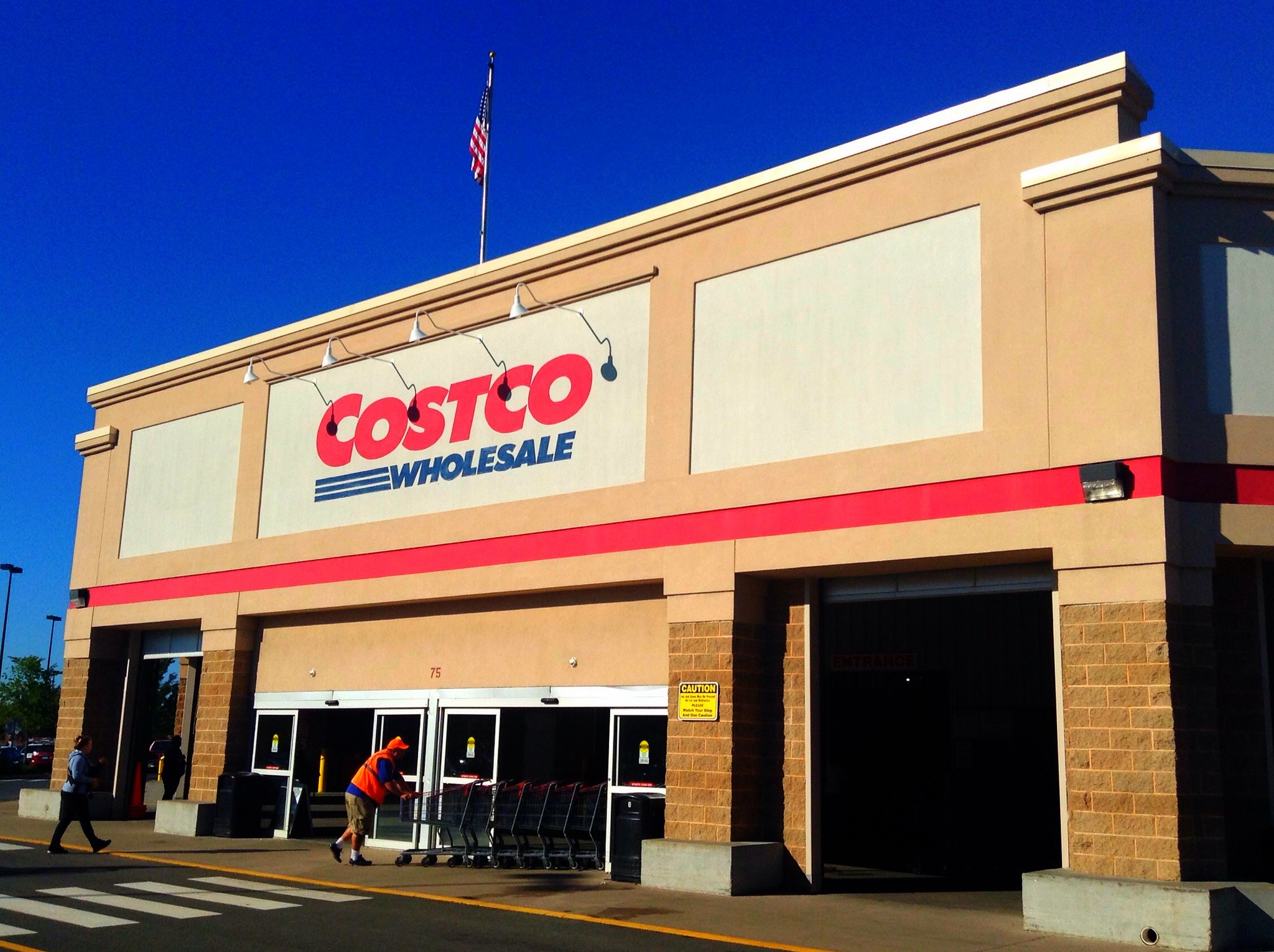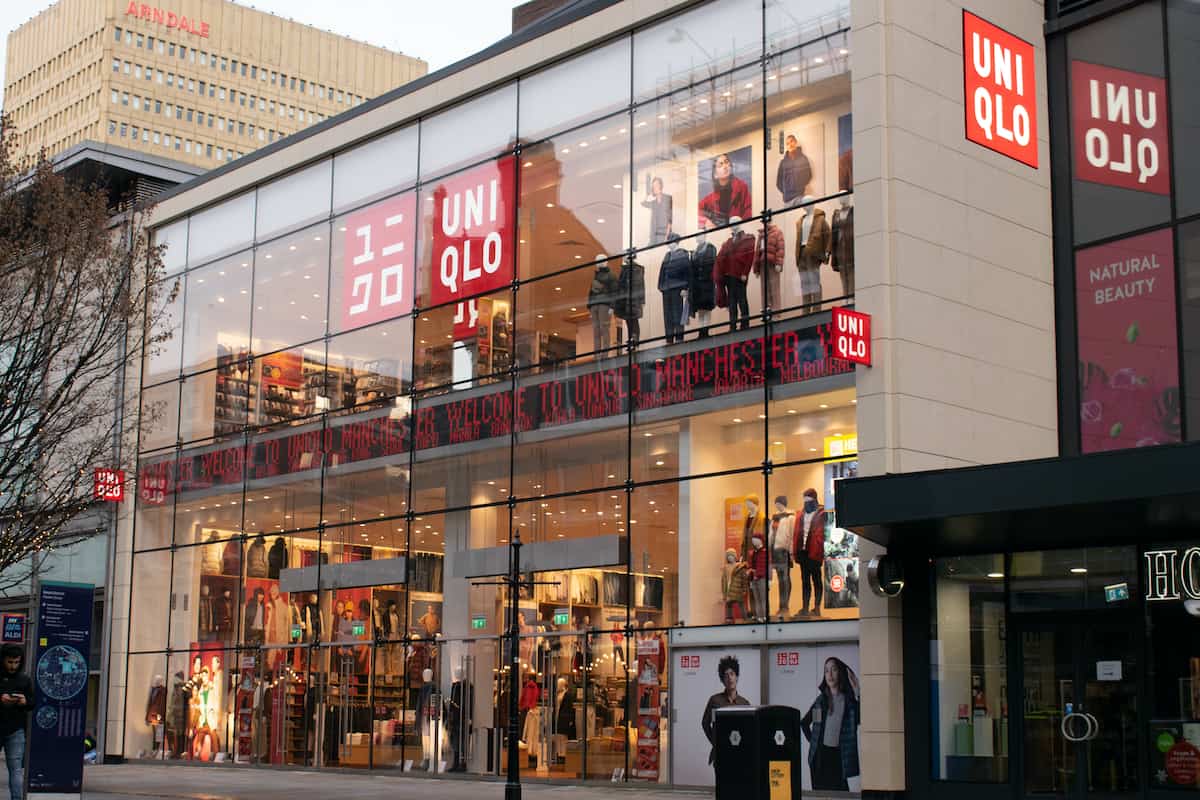In a world where digital technology is seen as a growing threat to traditional shops, how do retailers combat the online world and improve the in-store experience? Stephen Stanton-Downes, chief operating officer, Mvine explains
One route they are looking at is empowering staff with the latest real-time information about customers. And many see emerging omni-channel portal technology as the way to achieve this.
There are great opportunities here and a huge range of future applications. The overarching concept is that when a customer walks into the store, the sales assistant knows who they are, what they have previously bought and what sorts of products to offer.
Retailers see the potential in enabling sales reps to engage with customers in-store and publish promotional and sales content back to a secure dedicated area to be viewed on their return home. At the same time, they appreciate the opportunities in providing employees with information about stock availability and training videos designed to help them do a better job of selling the product.
It is an exciting vision but in delivering on it, retailers need to be careful not to fall into the trap of providing their employees with a plethora of point solution apps which require installing, either on a device provided to the employee or, in a BYOD scenario, on the employee’s phone.
There are two key challenges with this. First, the level of employee churn is traditionally high in the retail sector and temporary and part time workers are widely used. This presents security and provisioning issues. Every time a new employee joins the company, dozens of apps will need to be installed, each one requiring a different set of log-on credentials.
To ensure the highest levels of security are maintained, this potentially complex web of apps will then need to be de-installed from the employee’s phone when that person leaves the business. And it may be a particularly urgent requirement if a contract is terminated for disciplinary reasons and there is a need to deprovision that individual from access to in-store systems.
Unfortunately, the complexity of the point solution approach makes this difficult.
There are several initiatives currently underway to help address the problem – through the provision of enterprise partitions on each phone for example. This is not always practicable, however, especially if the retailer has to provide each employee with access to a dozen different apps.
Fortunately, new technology is coming on stream which overcomes the issues retailers face with functionally siloed apps. Omni-channel employee engagement solutions deliver an integration, contextualisation and presentation layer sitting between the employee and internal systems within the organisation to ensure access is controlled and the right content provided to the right employee at the right time. In this way, the retailer can deliver a single employee app and offer through that one app access to all the different services the in-store rep is looking for.
There are a huge range of potential applications. Perhaps most importantly, the approach can drive enhanced engagement with the customer. Where an individual is visiting a store primarily for research purposes, the in-store rep can interact with the customer and ask if they would like relevant product information and materials to be sent to them at home.
The employee can then use their tablet device to publish selected videos, reviews and product comparison guides to a dedicated area that the customer can access when they return home. At the same time, the retailer is alerted to the fact the customer has viewed the material, helping maintain a personal connection and achieve sustained engagement over time.
The technology can also help ensure the most relevant content is delivered to employees. Rather than making staff sift through vast catalogue lists, retailers can just deliver to employees the videos and materials relevant to them at that particular store.
Timeliness is key here also. A new product may only be rolled out in certain stores at certain times – and employees in those stores will obviously need access to the relevant information earlier in the process. The new technology allows them not just to access the information they need, but also to ensure its available when they need it.
Critically too it also enables them to link together information held in different systems across the organisation.
There might, for example, be a content management system containing in-depth product briefings and videos and a separate solution with information about product roll-outs and how they are going to be tackled across different stores. But to deliver a contextualised and personalised experience for the employee, the retailer will need to connect the two.
If they tried to do this using a series of point solution apps that are functionally siloed from each other, they would end up with two entirely separate apps and their efficiency and productivity would suffer as a result.
Thanks to its overarching integration, contextualisation and presentation layer, the new omni-channel employee engagement solutions overcome this challenge by effectively linking together the different systems.
The fourth key issue that this kind of solution addresses relates to the management and assessment of the employees within the retailer itself. By providing a platform layer between the internal systems and the employee, this solution allows the retailer to capture data about the way their employees engage with these systems.
The solution can monitor and report back on the frequency with which employees log into the various apps and the kinds of information that they are consuming. By sloughing the associated data into databases and carrying out relevant analytics on it, the retailer can see which stores are reviewing the material fully and identify any related issues. Equally, data captured by this process enables retail management to use analytics to drive insights into employee behaviour and use that to inform management decision-making.
With many retailers struggling to recover after the economic downturn and looking to fight back against the world of online shopping, this new omni-channel technology provides a great way of fighting back and stemming the flood of business to the Internet, by empowering their employees to improve the in-store customer experience. The latest omni-channel portal technology is providing traditional shopping with a new lease of life.








